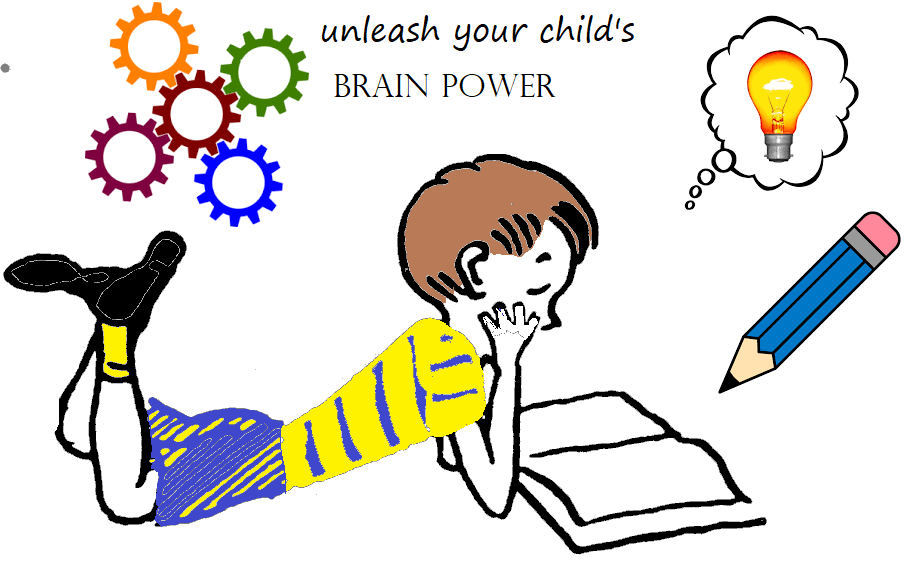Your basket is currently empty!
Category: Teacher Guide
-

Can Schools afford to avoid Digital Education
Each day students come to school bringing dreams hope seeking inspiration
-

Taking advantage of a child’s readiness to learn
critical periods for a child’s development occurs around age 2. What children’s experiences in this phase have lasting effects on their development
-
Wired to Read
From preconception through the formative early years it is essential to safeguard and maximize children’s developmental outcomes
-
What a Child Learns in Grade 1 Early Childhood Development
LANGUAGE SKILLS Listening and Speaking Each morning begins with a brief whole class oral activity. Use this time to: • Talk about the day, date, the weather chart, children who have birthdays and any special events for the day. • Check attendance: take a roll call to identify children present / absent • Hear a…
-
Reading – Milestones
Forming a Concept of Reading [i] Where does it all begin? Pre-Kindergarten Children are learning the sounds of speech They are learning letter recognition They are becoming familiar with books and print They are learning the purpose of text They are using environmental print They are able to do simple retells and to notice words…
-
Reading and Literacy: A Parent’s Guide
Dear Parent Reading is an ongoing process. THE NAMES AND THE SOUND THAT EACH LETTER MAKES The First step is to teach a child the letters of the alphabet Listen to the 42 letter sounds of Jolly Phonics, spoken in British English. Each letter sound is clearly spoken twice, before an example word is given.…
-
Here is what a four year old should know
I know it’s human nature to want to know how our children compare to others and we want to make sure we are doing all we can for them. So here is a list of what children are typically taught or should know by the end of each year of school, starting with preschool. Print…
